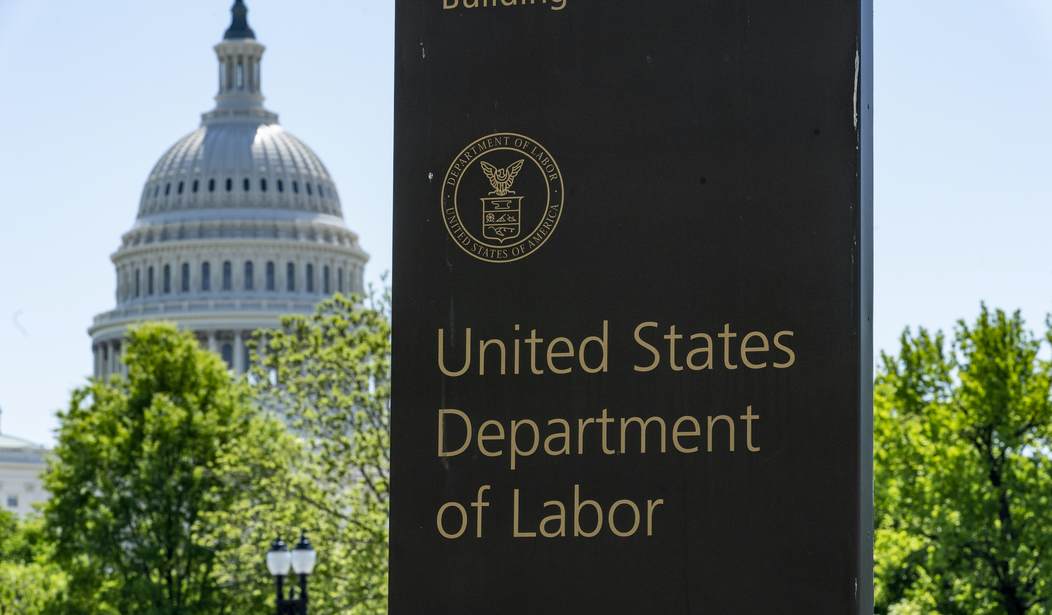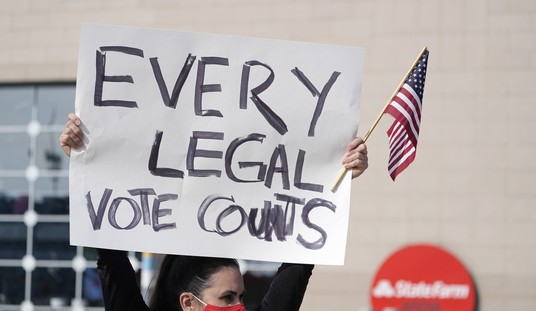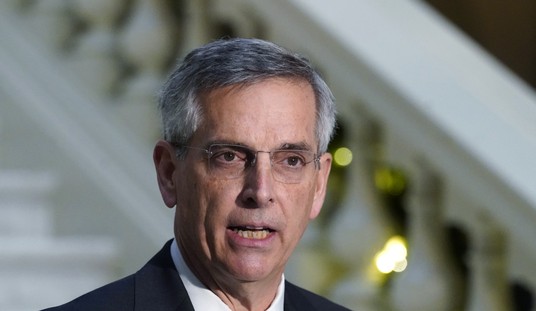Early last year, Marie Kondo drove America into a decluttering frenzy by introducing millions of viewers to what she has dubbed “The Life-Changing Magic of Tidying Up.” As the organization guru reached peak popularity, thrift stores like Goodwill and the Salvation Army overflowed with donated furniture, clothes, and household items that no longer “sparked joy” in their owners.
In October 2019, President Trump directed his agencies to do their own tidying up. They were instructed to review all guidance documents within their purview, rescind those that are outdated or no longer relevant, and ensure transparency by posting each guidance document publicly, in a clearly-searchable database. Following the president’s direction, the Department of Labor undertook a comprehensive, nine-month assessment to ensure that American workers and businesses have fair notice of their rights and obligations under the law.
The Labor Department administers and enforces laws that govern all aspects of our work lives. In carrying out this duty, the Department issues “guidance”—ranging from enforcement memos to letter responses to private inquiries. These documents have not always been available to the public, but, while in effect, are sometimes treated as carrying the same legal force as the laws and regulations they interpret. The Department’s expansive housekeeping project has made its guidance more transparent—organized simply and clearly so those regulated by a law may easily find out what they must do to comply. During this deep dive, the Department’s 14 guidance-issuing agencies reviewed in total 11,664 guidance documents, rescinding 3,187 documents that were outdated, superseded, not in use, or otherwise no longer applicable.
Recommended
Following the establishment of the Department of Labor in 1913, Congress in the 20th century passed an abundance of landmark labor legislation. In the 1930s and 1940s, new statutes regulated the provision of minimum and overtime wages and established federal standards for labor unions. In the 1960s and 1970s, Congress required workplace safety standards and participant protections in employer-provided benefit plans, and the President directed the Department to enforce nondiscrimination standards for federal contractors. This year, the Department acquired new responsibility to administer and enforce paid sick and family leave for workers and families affected by COVID-19.
So how does a Department that enforces over a century of laws keep its guidance current? Turns out, good housekeeping is also good government—and Marie Kondo’s method provides some helpful advice.
Step 1: Put everything in a pile, so you see it all at once. Guidance varies in form and has not been stored in one place, so over the years the Department has not kept a tally of the total number of guidance documents it has issued. By taking stock of its guidance, the Department offers much-needed clarity and transparency to the public. After all, the most effective way to ensure compliance with the law is to ensure those compelled to comply know what the law requires.
Step 2: Keep only those items that are useful and spark joy. Documents that provide clear and relevant guidance clearly spark joy for both an enforcement agency and its regulated community. Over time, guidance documents can fail to be “useful.” For example, during its review the Department found a 1975 guidance document regarding employee benefit plans that had quickly been superseded in 1977, yet it was never formally rescinded. Now it finally has been.
Step 3: Thank discarded items for their past usefulness. Not all guidance will have as short a shelf-life as our 1975 example, but undoubtedly a document that serves a useful purpose today may not maintain its relevance in perpetuity.
Step 4: Make sure everything has its place. To ensure transparency today and into the future, the Department has established its first comprehensive electronic guidance repository. Now all Department guidance documents in effect, including documents that previously only existed in hard copy form, are available for public review online at dol.gov/guidance, in searchable and accessible form.
The Department is proud to unveil the results of its months of hard work—recognizing that these are just the first steps toward a more transparent government. Going forward, all new guidance will be added to the online repository, and procedures are now in place to remove documents as they are replaced or become irrelevant. As it completes this housekeeping project, the Department has two final words for its antiquated and obsolete guidance documents that have been rescinded: Thank you.

























Join the conversation as a VIP Member